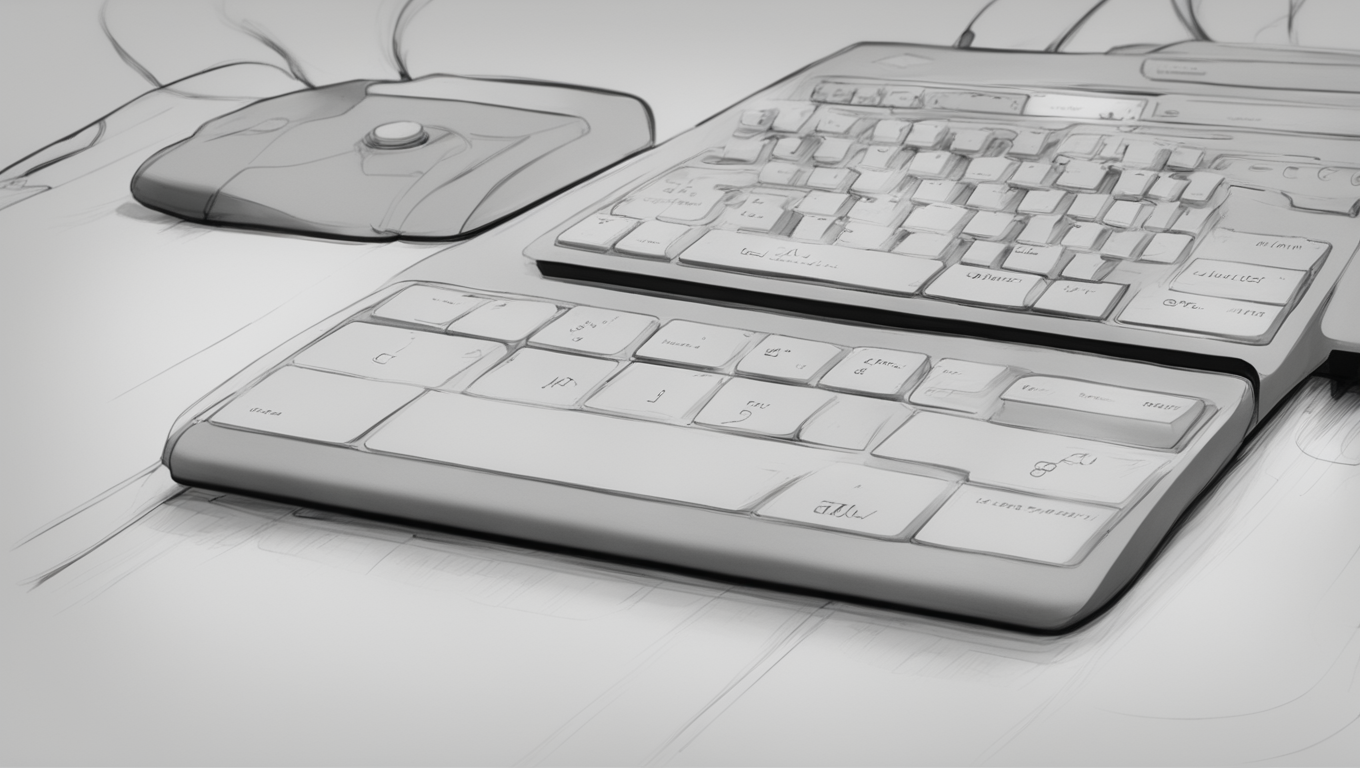Pressing a button is all it takes to summon the power of artificial intelligence now, as Microsoft ushers in a new era of keyboards. The tech giant has partnered with OpenAI, the minds behind ChatGPT, to introduce a game-changing AI button on PC keyboards running Microsoft’s Windows operating system. This move represents Microsoft’s effort to position itself as the go-to gateway for generative AI applications, as it aims to capitalize on its close ties with OpenAI.
The “Copilot key,” as it is called, will be featured on select personal computers starting this month. Users can simply press the button to launch Microsoft’s AI chatbot. By collaborating with third-party computer manufacturers, Microsoft is making AI more accessible and integrated into everyday devices. This signifies a symbolic start to what is projected to be a fiercely competitive year in the AI landscape, with tech companies vying to outdo each other in AI applications.
Despite the widespread use of smartphones to access the internet and AI applications, Microsoft’s move to incorporate an AI button on keyboards is a notable development. It highlights the company’s dedication to advancing AI technology and underscores the significance of AI in our lives. However, as these advancements unfold, ethical and legal concerns surrounding AI need closer attention and resolution.
This keyboard redesign represents Microsoft’s most significant change to PC keyboards since the introduction of the Windows key in the 1990s. Over the course of nearly three decades, Microsoft’s iconic Windows-oriented keyboards have sported the four-squared logo design. The new AI button will bear a ribbon-like Copilot logo and will be positioned near the space bar. Depending on the computer model, it may replace the right “CTRL” key or a menu key.
While Microsoft is not the first to introduce customized keys, such as Apple’s Command key and Google’s search button on Chromebooks, it holds a stronger market presence through its licensing agreements with manufacturers like Lenovo, Dell, and HP. According to market research firm IDC, approximately 82% of all desktop computers, laptops, and workstations run on Windows, compared to 9% for Apple’s operating system and just over 6% for Google’s.
Microsoft has not yet disclosed which computer manufacturers will include the Copilot button, apart from its own line of premium Surface devices. However, some of these companies are expected to unveil their new models at the upcoming CES gadget show in Las Vegas.
This latest innovation from Microsoft serves as a testament to the company’s commitment to advancing the AI landscape. With the introduction of the AI button, AI is no longer confined to specialized devices but becomes a seamless part of our daily computing experience. As technology continues to evolve, Microsoft’s move solidifies its position as a leader in AI integration and sets the stage for further advancements in the field.
In the words of Matt O’brien from The Associated Press, “Getting third-party computer manufacturers to add an AI button to laptops is the latest move by Microsoft to capitalize on its close partnership with ChatGPT-maker OpenAI and make itself a gateway for applications of generative AI technology.” The future of AI is on the horizon, and Microsoft is at the forefront, unlocking its power with the simple press of a button.





Use the share button below if you liked it.